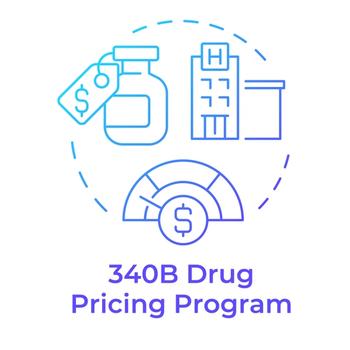
Drugs and Older Age: An Increasingly Deadly Combination
Two reports show that drug-related deaths are skyrocketing among people 65 years and older.
Drug-related deaths are soaring among older Americans, driven by factors including unintentional misuse of prescription medications, self-medicating to treat pain, recreational drug use and social isolation.
In just a decade, the drug-related death rate doubled for those 65 years and older, climbing from 4.2 deaths per 100,000 in 2008-2010, to 8.4 deaths per 100,000 in 2018-2020, according to a report on senior health by United Health Foundation, which is part of UnitedHealth Group, earlier this year. The report drew on statistics from the Centers for Disease Control and Prevention. “It’s a really sad finding,” says Rhonda Randall, D.O., chief medical officer at UnitedHealthcare. “There’s a misperception that seniors may be exempt from this problem.”
While drug-related deaths increased across all age groups during the period the researchers studied, deaths among seniors increased the fastest, Randall says. Most of the deaths in the United Health Foundation study involved opioids, particularly synthetic fentanyl, she says.
A study focused solely on opioid deaths among older adults conducted by experts from Northwestern University’s Feinberg School of Medicine saw a similar surge in deaths. Findings from that study reported in JAMA Network Open earlier this year showed opioid overdose deaths among those 55 years and older increased tenfold between 1999 and 2019
The United Health Foundation report found that for those 65 years and older, men experienced drug-related deaths at twice the rate of women. For older men, the death rate was 11.7 per 100,000 population, compared with 5.8 for women. For African American adults 65 years and older, the death rate was almost 20 per 100,000 population.
Experts don’t know exactly why drug-related deaths are increasing; Randall says it is likely a combination of factors. People who are older are more likely to take prescription medications for chronic conditions, and they may inadvertently misuse medications such as opioids. Misusing medications is especially risky for older people because with age, the ability to metabolize medications decreases. Anxiety, depression and social isolation affect seniors, all of which have been exacerbated by the COVID-19 pandemic. Maryann Mason, Ph.D., an associate professor of emergency medicine at Northwestern and lead author of the JAMA Network Open paper, says older Americans who are underserved by the healthcare system may “turn to unregulated drugs to self-medicate illnesses that emerge with age.”
Another factor: Baby boomers are flooding the senior age brackets, and they were more likely to use illicit drugs when they were young than other generations.
It’s important for primary care providers to take the time to screen their older patients for prescription and recreational drug usage, Mason says. They also should devote time to educating patients about the possible dangers of drug use, in Mason’s view. She says that organizations that focus on substance abuse should reach out to older Americans in nonmedical settings such as senior housing complexes and community centers.
It’s also imperative for healthcare providers to be aware that opioid use disorder is an increasingly common problem among older patients, experts say. Providers can monitor their patients’ prescriptions or recommend alternative treatments for chronic pain, such as getting care from a chiropractor or acupuncturist. “Preventing this from the start is important,” Randall says.
Susan Ladika is an independent journalist in Tampa, Florida, who writes about healthcare and business.
Newsletter
Get the latest industry news, event updates, and more from Managed healthcare Executive.




